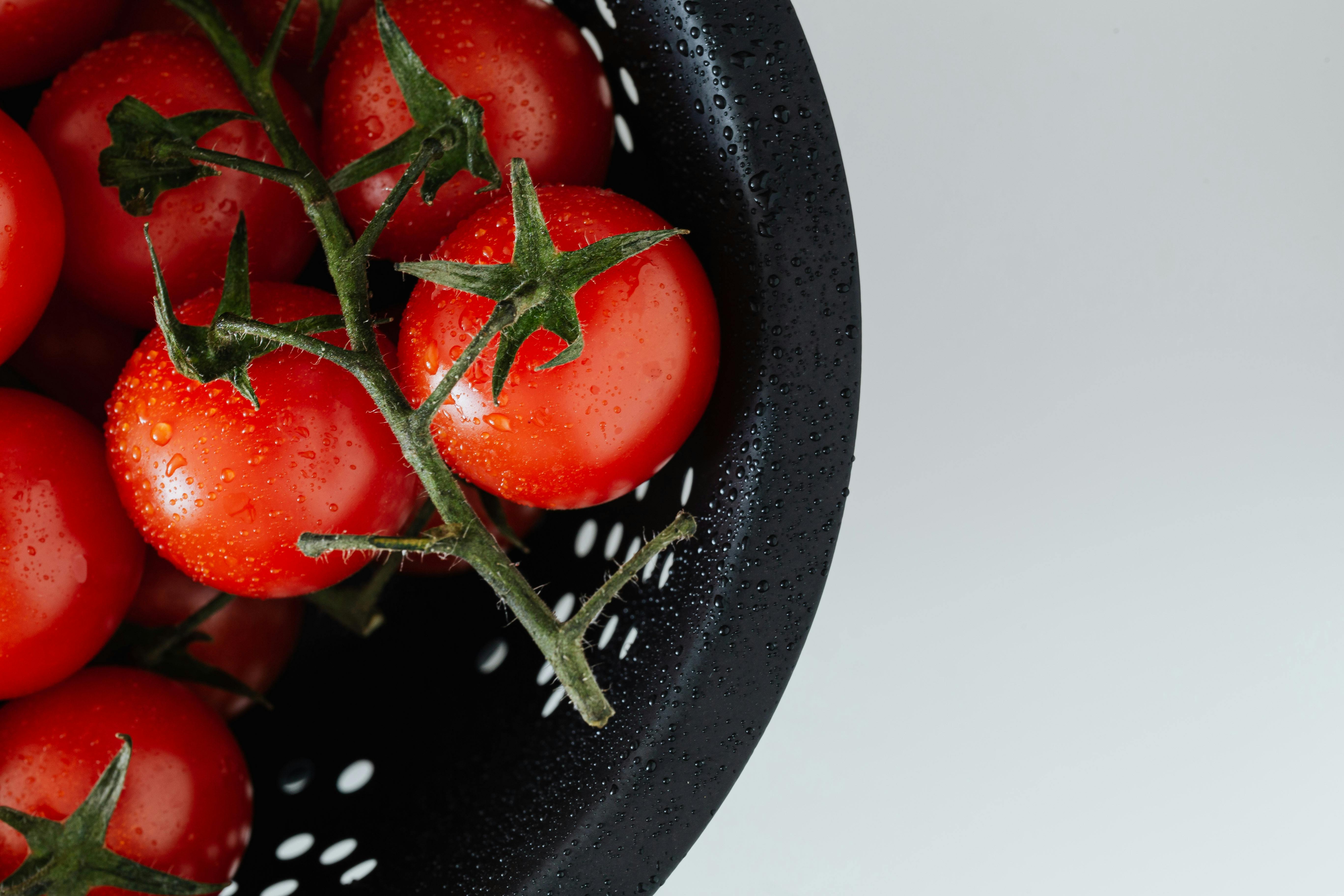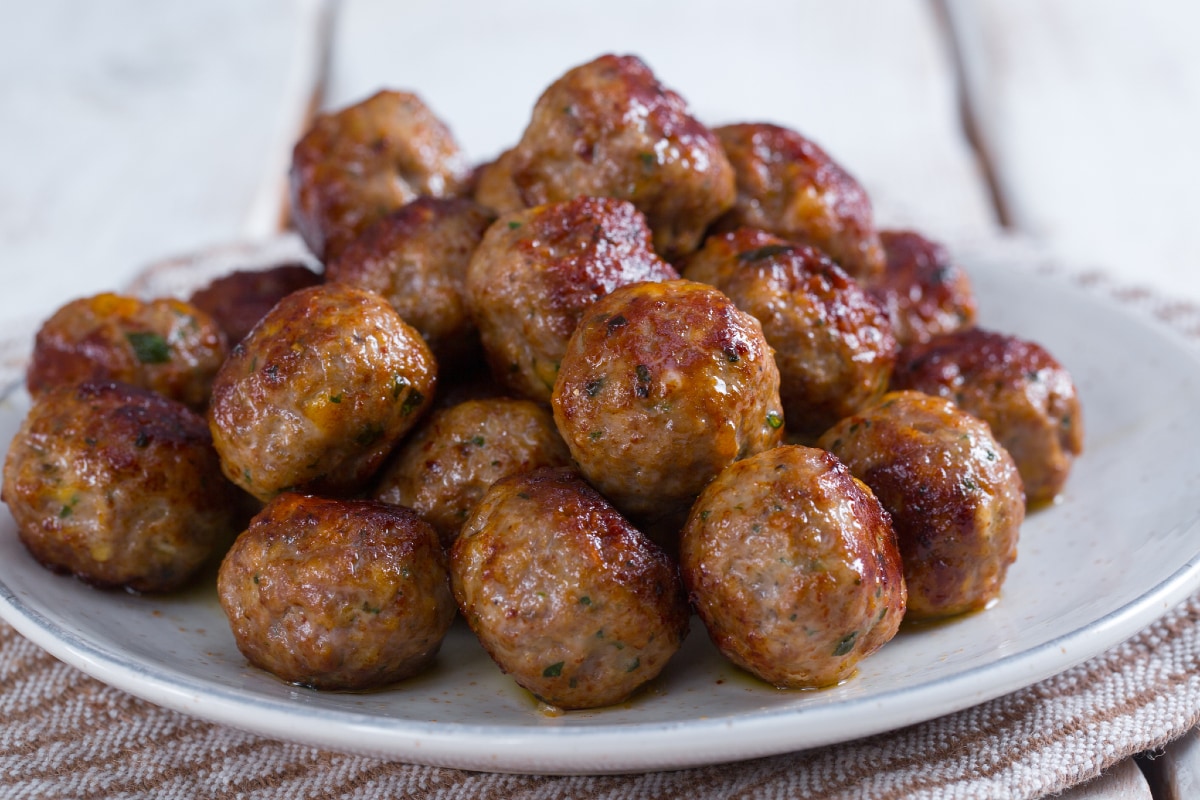Effective Ways to Cook Ribeye Steak for Perfect Flavor
Cooking a ribeye steak to perfection is a culinary art that can elevate your dining experience. The melt-in-your-mouth texture and rich flavor make ribeye a favorite among steak lovers. In this guide, we will explore various techniques on *how to cook ribeye steak* that promise a juicy and tender result every time. Whether you prefer grilling or pan-searing, we’ll cover the best ribeye steak recipes and cooking methods to suit any occasion.
Ribeye steak is not only delicious but also surprisingly versatile. This guide will delve into different cooking techniques, seasoning options, and tips to enhance the steak's natural flavor profile. By the end, you'll have the expertise to whip up a restaurant-style ribeye right at home. So, whether you’re preparing a romantic dinner, a family meal, or a weekend BBQ, this article will provide you with the knowledge and techniques needed for success.
Before diving into the specifics, it’s important to highlight the key takeaways from this article:
- Understanding ribeye steak preparation and cooking methods
- Discovering the right marinades and seasonings to enhance flavor
- Learning optimal cooking times and temperatures for different doneness levels
- Gaining insights into side dishes and wine pairings that complement ribeye steak
Understanding Ribeye Steak Cuts and Quality
To kick off your ribeye journey, it's essential to understand the cuts of ribeye steak available. The ribeye is known for its marbling, which contributes to its juicy flavor. You can find various cuts such as cap steak or the traditional boneless ribeye. When purchasing ribeye steak, look for a bright red color and plenty of marbling.
Choosing the right ribeye steak is crucial for achieving the perfect flavor and tenderness. Always opt for high-quality meat from reputable sources. Additionally, consider the following factors when shopping:
- **Fat Content**: Ribeye is prized for its fat marbling, which enhances flavor and juiciness.
- **Thickness**: A thicker steak allows for better control over cooking times and doneness levels.
- **Freshness**: Look for steak that has a firm texture and a bright, appealing color.
With a good understanding of ribeye cuts, we can now delve into cooking techniques.
Ribeye Steak Cooking Techniques
There are several methods to cook ribeye steak, each offering unique flavor profiles and textures. Below, we'll highlight a few of the most popular ribeye steak cooking techniques that you can easily master in your kitchen.
Grilling Ribeye Steak
Grilling ribeye steak can impart a lovely char and smoky flavor that enhances the meat's natural taste. Start by preheating your grill to high heat. Sear the steak for a few minutes on each side until you achieve those conspicuous grill marks. Use a meat thermometer to monitor the *ribeye steak internal temperature*, as this ensures you’ll achieve your desired doneness.
Pan-Seared Ribeye Steak
For those who prefer cooking indoors, pan-searing is an excellent option. Heat a cast iron skillet until it's extremely hot, then add a bit of cooking oil along with the seasoned steak. Sear for 3-5 minutes on each side, depending on the thickness. Adding butter and fresh herbs during the last minute can elevate the flavor, resulting in a rich ribeye steak with garlic butter essence.
Sous Vide Ribeye Steak
Sous vide cooking has gained popularity for its ability to produce perfectly cooked steak every time. For this method, season your steak and vacuum seal it in a bag. Submerge it in a water bath set to the desired cooking temperature based on your preferred doneness and leave it for 1-3 hours. After sous vide cooking, sear briefly in a hot skillet for a perfect crust.
Seasoning and Marinades for Ribeye Steak
Flavor is crucial when it comes to ribeye steak, and the right seasoning can significantly enhance the grilling experience. There are multiple ways to go about it, and understanding various seasoning options can make all the difference.
Essential Ribeye Steak Seasoning Techniques
The simplest way to season a ribeye steak is with salt and pepper, allowing the natural flavors to shine through. However, if you're looking to spice things up, consider the following methodologies:
Using Marinades
Marinades enhance the flavor of the ribeye steak and help tenderize the meat. A classic marinade can include olive oil, soy sauce, garlic, and fresh herbs. Aim to marinate your steak for at least an hour before cooking, or overnight for deeper flavor absorption.
Dry Rubs
A dry rub is another excellent approach, consisting of a blend of spices like paprika, garlic powder, or black pepper. Apply generously to both sides of the steak just before cooking to create a flavorful crust that will caramelize beautifully during the cooking process.
Compound Butter
Enhancing your ribeye steak with a compound butter made from herbs, garlic, or spices can elevate its flavor profile to gourmet levels. Top your hot steak with a dollop of herb-infused butter before serving for an extra burst of flavor.

Cooking Times and Doneness Levels
Understanding ribeye steak cooking time and doneness levels is key to serving a steak that is just right for your palette.
Determining the Right Doneness
Doneness is measured by the internal temperature of the steak, and it's important to track it accurately. Here are standard temperatures for various doneness levels:
- **Rare**: 120-125°F
- **Medium Rare**: 130-135°F
- **Medium**: 140-145°F
- **Medium Well**: 150-155°F
- **Well Done**: 160°F and above
Use an instant-read thermometer to monitor each steak's internal temperature accurately throughout the cooking process.
Tips for Resting the Steak
After reaching your desired doneness, let your ribeye steak rest for at least 5-10 minutes before slicing. This helps redistribute the juices, resulting in a more tender and flavorful steak.
Common Cooking Mistakes to Avoid
Avoid cooking your ribeye steak straight from the refrigerator. Always allow it to sit at room temperature for about 30 minutes before cooking. Additionally, don't poke or cut into the steak while it's cooking, as this can cause juices to escape.
Pairing and Serving Ribeye Steak
Once you've cooked your ribeye steak to perfection, it's time to consider the best ways to serve it. The right accompaniments can enhance your dining experience and complement the rich flavors of the steak.
Suggested Sides for Ribeye Steak
The best ribeye steak recipes often include sides that balance the hearty elements of the meat. Consider serving your steak with roasted vegetables, creamy mashed potatoes, or a fresh salad.
Top Wine Pairings
Ribeye steak pairs wonderfully with bold red wines such as Cabernet Sauvignon or Malbec. The tannins in these wines cut through the richness of the steak, enhancing the overall meal experience.
Plating and Presentation
For an impressive dinner presentation, slice your ribeye steak against the grain and fan it out on the plate. Garnish with fresh herbs and accompany it with colorful vegetables to create an appetizing look.

Expert Tips for Perfect Ribeye Steak
To perfect your ribeye cooking techniques, consider these expert tips:
- **Thickness Matters**: Choose steaks that are at least 1.5 inches thick, which allows more flexibility during cooking.
- **Heat Control**: Ensure your cooking surface is adequately preheated for a nice sear without overcooking the insides.
- **Basting Basics**: Regularly baste your ribeye with its own juices or butter during cooking for extra flavor infusion.
With these effective ways to cook ribeye steak and essential tips in hand, you are well on your way to mastering the art of steak cooking in 2025. Enjoy your culinary journey as you explore different flavor profiles and satisfy your steak cravings!
Its part of generated content. Can i generate another part?


